dewaxing
We believe in providing top quality workmanship and are so confident in our level of service that we back.
We believe in providing top quality workmanship and are so confident in our level of service that we back.
The dewaxing process is a crucial step in the refining of vegetable oils and fats, especially those intended for use in food products where clarity and stability at lower temperatures are essential. Dewaxing removes waxes, which are natural components found in oils such as sunflower, corn, and rice bran oils. These waxes can cause cloudiness or haziness in the oil when it is cooled or stored for a longer period, affecting its appearance and stability.
Refinery plants designed by manufacturers like Muez Hest incorporate advanced technology and customized solutions to ensure the dewaxing process is efficient, reliable, and energy-efficient, ultimately delivering high-quality refined oil to consumers with lower losses of oil in wax. Typically, oil becomes cloudy within 5–6 hours, but with proper dewaxing, it remains clear after 24 hours of storage at 0˚C.
The dewaxing process in an oil refinery plant is essential for removing waxes from edible oils to improve their clarity and stability, especially in colder temperatures. Here’s an overview of the dewaxing process designed for the oil refinery industry:
The process begins with cooling the liquid mixture (such as oils) to a temperature where waxes and other solid compounds start to crystallize or solidify. This temperature is typically below the melting point of the liquid, allowing the solid components to precipitate out.
As the cooling continues, nucleation sites within the liquid encourage the formation of small crystals of waxes or other solids. These crystals grow over time as more solid molecules join the existing crystals.
Mechanical agitation or stirring is applied to promote nucleation and ensure uniform crystal growth. This helps in achieving a consistent product quality.
After sufficient crystal growth, the mixture is allowed to mature or settle, giving enough time for the crystals to form and grow to a desirable size. This step is crucial for maximizing the yield of solid crystals.
Once the crystallization is complete, the matured oil, now containing solidified wax crystals, is passed through advanced filtration systems such as Plate & Frame Filters or Miura Super Filters. These filters effectively remove the precipitated waxes from the oil, resulting in a clear and refined final product
Gravity Filtration: Involves passing the mixture through a filter medium under the influence of gravity. The solid crystals are retained on the filter while the liquid passes through. Pressure Filtration: Applies pressure to force the liquid through the filter, useful for thicker mixtures or where a high filtration rate is required.

Strategies to ensure proactive domination. At the end of the day,User generated content in real-time will have multiple touchpoints for offshoring.

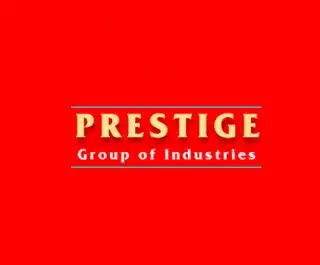


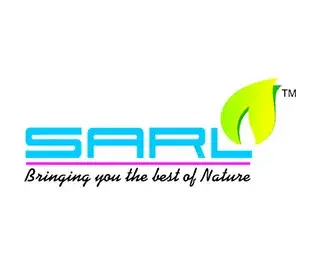

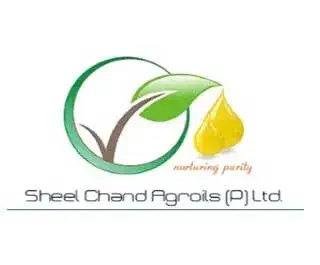
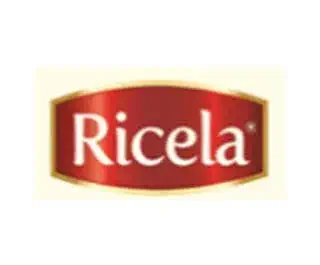
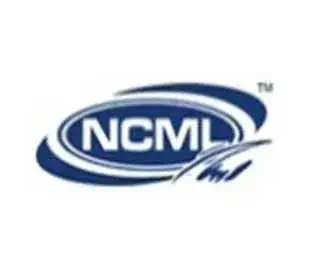
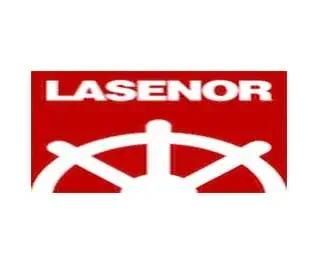
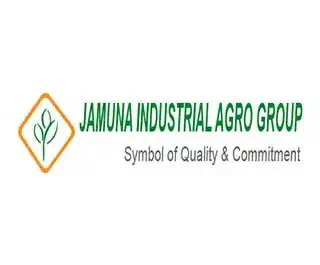
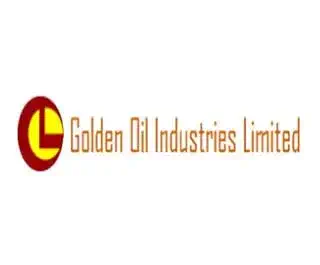


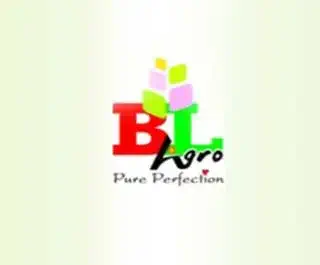

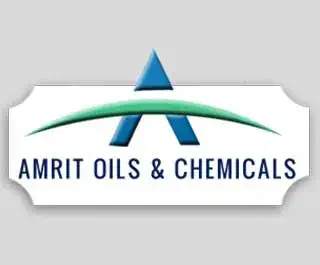
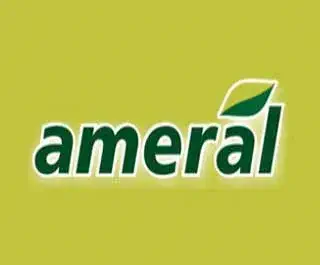
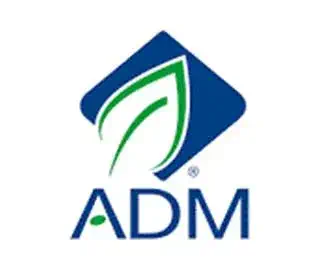
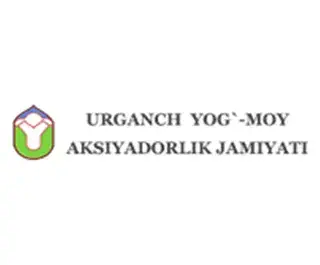


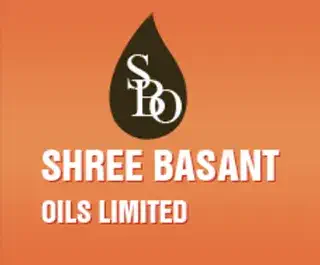
Discover some of the most asked questions regarding Dewaxing plant.
A dewaxing plant is a facility designed to remove waxes and other solid impurities from edible oils and fats to improve their clarity, stability, and performance at low temperatures.
Dewaxing is necessary to remove waxes that can cause cloudiness or solidification of oils at lower temperatures. This improves the oil’s appearance and prevents issues during storage and usage.
The process typically involves cooling the oil to solidify waxes, which are then separated from the liquid oil through filtration or centrifugation.
Benefits include improved oil clarity, prevention of cloudiness and solidification at low temperatures, enhanced appearance, and extended shelf life of the oil.
Common issues include incomplete wax removal, excessive oil losses, and operational inefficiencies. Solutions involve optimizing process parameters, maintaining equipment, and ensuring proper cooling and filtration.
Cooling is crucial as it solidifies the waxes, making them easier to separate from the liquid oil. Precise temperature control is essential for effective wax removal.